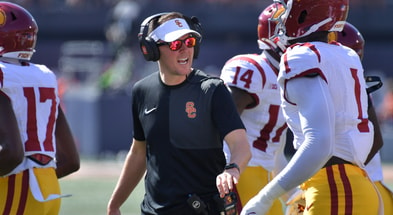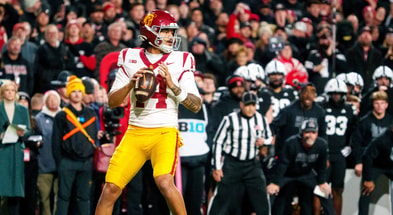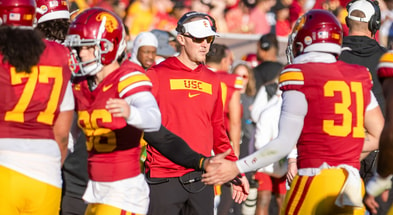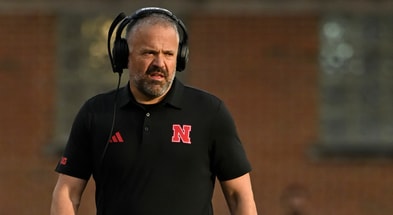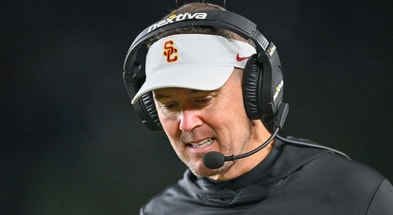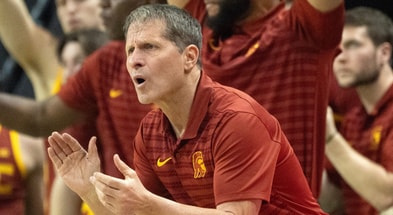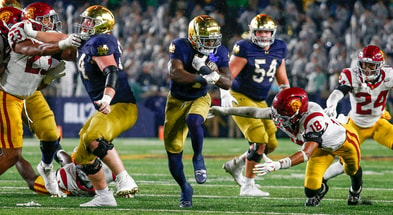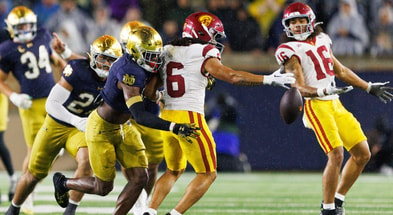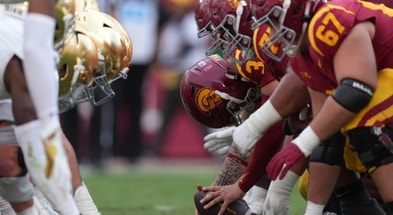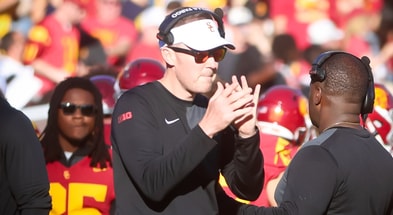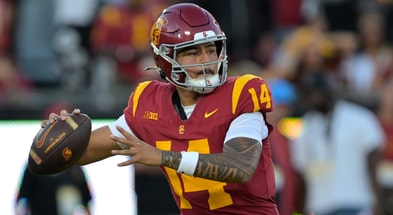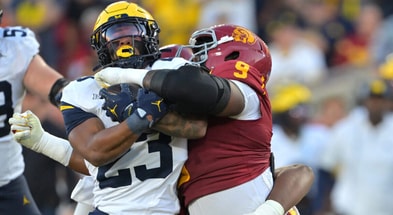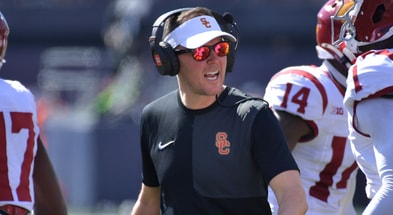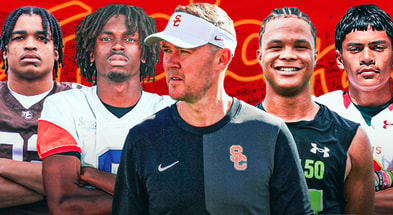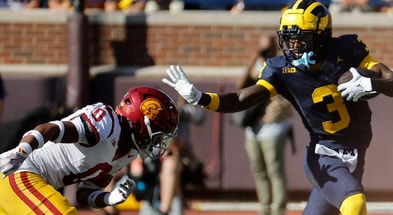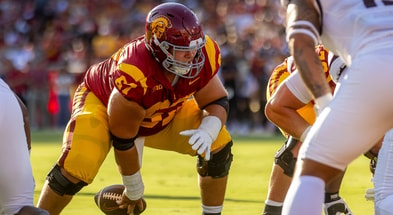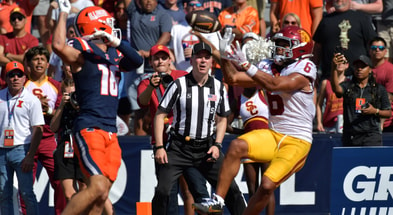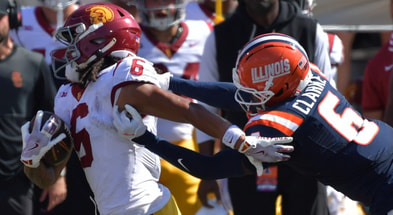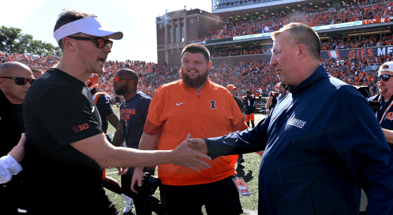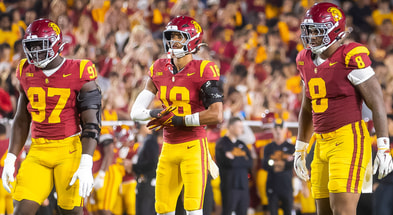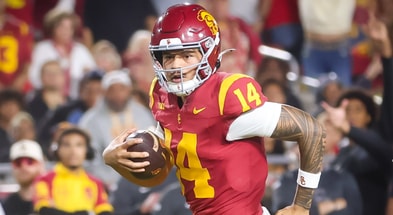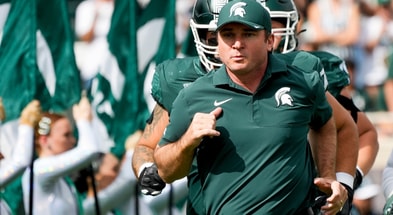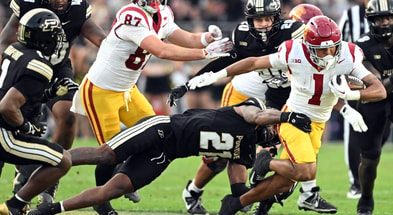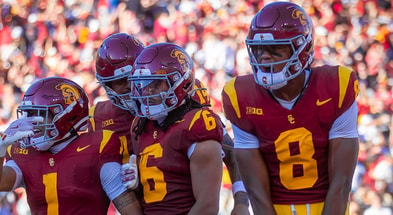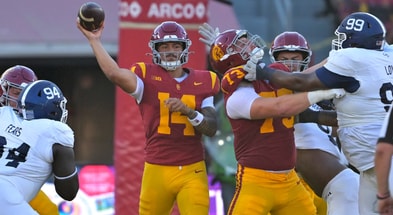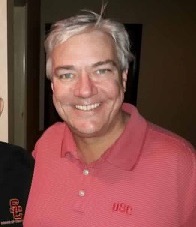Musings from Arledge: Making sense of the Saving College Sports executive order

I try to keep politics out of Musings. But when politicians purport to set the rules governing college football, I’m forced to dabble in politics just a little bit.
Yesterday, President Trump signed an executive order he titled “Saving College Sports.” The executive order purports to provide guidance on various issues that don’t have clear answers in college football at the present, including the rules regarding name, image, and likeness deals and the permissibility of pay-for-play agreements.
The order attempts to do four things in particular. First, it prohibits third-party, pay-for-play arrangements. Second, it requires any revenue-sharing permitted between universities and collegiate athletes should be implemented in a manner that protects women’s and non-revenue sports. Third, it directs the Secretary of Labor and the NLRB to find, essentially, that college athletes are not employees of the university. And, fourth, it directs the Attorney General and the FTC to take action to protect college sports from “debilitating” antitrust actions—in other words, it tries to stop litigants from using the Sherman Act to overturn the NCAA’s rules.
Notably, the order is more of a wish list than a traditional executive order that can be implemented by the agencies. It does not, for example, reference the federal laws that it is interpreting as part of its effort to “save” college sports. Instead, it provides the president’s wish list and then instructs various agencies to gather their clever lawyers and figure out how to implement it. Because of this, while the order might have some impact, I suspect it is, like so much in Washington in the last decade or two, more theater than substance.
Let me explain.
The first thing you need to understand is that the president has limited powers. The federal government itself is a government of enumerated powers, which used to mean that there were areas fenced off from federal action. That isn’t really the case anymore; the courts abandoned any real limits on federal power almost 100 years ago, and now the feds can and often do get involved in about anything and everything.
But the president does not exercise all federal powers. The president oversees the executive branch, which is primarily tasked with enforcing the law. Congress, of course, is primarily tasked with creating the law through the legislative process. Where Congress passes legislation within the scope of its authority (which, as I noted, is virtually but not completely without limits these days), the federal law trumps state law. This means that federal legislation can get rid of the growing number of conflicting state laws in the NIL space. Federal legislation can. Executive orders cannot.
Executive orders can give guidance to federal agencies. Thus, if a federal agency has responsibility for implementing a particular piece of federal legislation, an executive order can direct the agency to interpret the law in a particular way. Agencies don’t always follow the president’s direction, but in theory they are supposed to.
For much of the last 50 years, how a federal agency interprets a federal law was almost dispositive. Under the Chevron case, courts were required to give great deference to an agency’s interpretation of a federal law they implement; as long as the agency’s interpretation was “reasonable,” courts had to adopt it. Some people started to notice, however, that federal agencies were coming up with all kinds of “interpretations” that weren’t based in the text of the statutes at all, and Chevron deference came under fire. Very recently, the Supreme Court overturned Chevron and now courts can interpret federal law without bending over backwards to accept the bureaucrats’ interpretations.
Top 10
- 1Breaking
CFP Top 25 revealed
The official rankings are in
- 2New
CFP Bracket
Official first 12-team field
- 3Hot
Strength of Schedule
CFP Top 25 Weakest to strongest
- 4Trending
LSU return?
New AD on Nick Saban
- 5
Auburn Coaching Search
Latest names to know & more
Get the Daily On3 Newsletter in your inbox every morning
By clicking "Subscribe to Newsletter", I agree to On3's Privacy Notice, Terms, and use of my personal information described therein.
So what does this all mean?
First, some parts of the executive order might plausibly amount to something. Federal agencies do have to interpret Title IX, for example, and they might interpret it in such a way that impact how universities spend their revenue-sharing money in a way that is consistent with their views of gender equality, for example. This might reduce the amount going to football relative to other sports. And the NLRB could very well choose to follow the president’s guidance in finding that college athletes are not employees.
But even in these areas where executive guidance can plausibly have an impact, in a post-Chevron world the courts are not required to follow the agency’s direction. They could conclude, for example, that Title IX doesn’t stop universities from giving the vast bulk of the revenue-sharing dollars to the people who generated it (i.e., football players and to a lesser extent basketball players) rather than those who don’t. That wouldn’t be an unreasonable reading of the law from my perspective.
Second, some parts of the order don’t seem tethered to any federal legislation at all. For example, it’s not clear what federal law was intended to keep college football players from getting above-market endorsement deals. I am unaware of any federal statute that seeks to implement the NCAA’s amateurism rules. Nor is it clear from the text of the Sherman Act that the NCAA should be exempt from its provisions. The act applies to the NFL and the NBA and doesn’t apply to MLB just because Congress gave baseball an exception.
So even if you hate pay for play and, oh, I don’t know, wish for Oregon football to be relegated to its traditional spot in the middle of the pack, it’s not clear that the president has any authority to engineer that outcome. Even if the attorney general issues regulations saying the NCAA has some limited exemption from the Sherman Act, it’s easy to see the courts rejecting those regulations. After all, Justice Kavanaugh recently issued a brutal concurring opinion beating up on the NCAA like Mike Tyson beat up Trevor Berbick, and it’s not at all likely that he’ll change his opinion just because the president wishes that Congress had passed legislation protecting the NCAA—something it has not done—and issued an executive order showing his desired outcome.
In fact, I’ll take it a step further. I don’t think there’s any way that this executive order closes the door on pay-for-play. The NCAA will continue to adjust its rules to appease the universities (as it just did this past week in protecting collectives), and disgruntled players and others with standing will still challenge the new NCAA restrictions in court. And the judges don’t have to care about this executive order.
My conclusion: if you think this executive order will bring order to the chaos, don’t bet on it.
